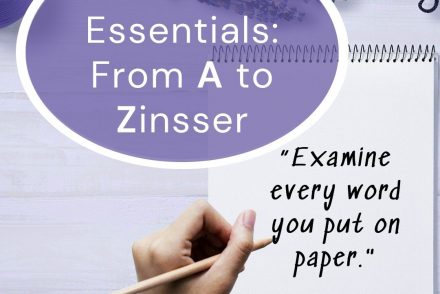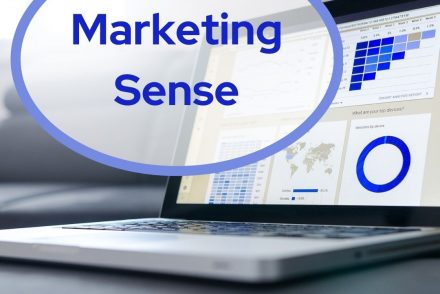
Clarity is the Key to Great Writing
“You can solve most of your writing problems if you stop after every sentence and ask: what does the…
October 21, 2021
“You can solve most of your writing problems if you stop after every sentence and ask: what does the…
October 21, 2021
“Don’t Bury the Lead” is a common instruction to new writers. Literary agents and editors receive high volumes of…
July 25, 2021
Consider the following answer to “What do you do?“: “We’re a women empowerment company. We facilitate courses and events…
June 12, 2021
Recently, I uploaded my latest screenplay to a screenwriting website for Hollywood producers and studios to view. I was…
March 4, 2021
As the pandemic unfolded last year, a story concept I toyed with for years kept coming to mind, mainly…
January 4, 2021
Pilgrims travel to a martyr’s shrine, swapping stories on their journey to pass the time. The freshly installed tenant…
November 13, 2020
The trickiest part about conveying confusion is to convey it clearly, without confusing the reader. Ann Hood in Creating…
October 20, 2017
Bryan Garner, author of A Dictionary of Modern American Usage, and a raft of other books on English…
March 27, 2017